Favini’s two fundamental pillars of values are innovation and sustainability. In fact, since the 1990s, our Research and Development laboratories have been committed to creating innovative papers that are sustainable from an environmental perspective. Since then we have developed a full collection of papers, Paper from our Echosystem which is based on the principles of upcycling and circular economy.
To promote good recycling practices and raise awareness of the circular economy, we have picked for this article some case histories of upcycling in the paper sector that have used the paper brands created according to the circular economy approach.
Before starting, however, let’s see what these terms related to sustainability mean: Here is a glossary!
Upcycling, circular economy and industrial symbiosis: definitions and examples
For years, in Favini we have chosen to follow the path of sustainability and to produce paper in a way that respects the environment. Specific examples of this are the ranges of ecological papers Alga Carta, Crush, Remake and Refit, collected together with Shiro Echo and Tree Free in the Paper from our Echosystem box.
Let’s get to know better the meaning of the terms upcycling, circular economy and industrial symbiosis.
UPCYCLING
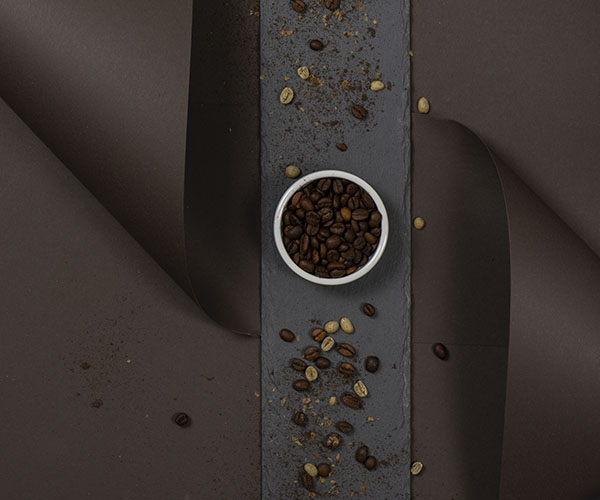
Upcycling means using waste materials, destined to be thrown away, to create new objects with a greater value than the original material. Upcycling is not synonymous with recycling, but it is something that goes beyond that.
Recycled paper is the material produced with cellulose fibres coming from the recycling of paper and cardboard, while ecological upcycling paper is obtained from the creative reuse of industrial waste from other supply chains.
Tangible examples are Favini’s Crush, Remake and Refit papers, produced respectively by reusing agro-industrial by-products, leather goods and textile waste.
CIRCULAR ECONOMY
According to the definition given by the Ellen MacArthur Foundation, the Circular Economy “is a generic term to define an economy designed to be able to regenerate itself.” All activities, starting from extraction and production, are organised in such a way that someone’s waste becomes someone else’s resources.
Crush Grape is a perfect example of a circular economy: The waste from wine production is recovered by Favini and used as an alternative raw material for the production of ecological Crush paper.
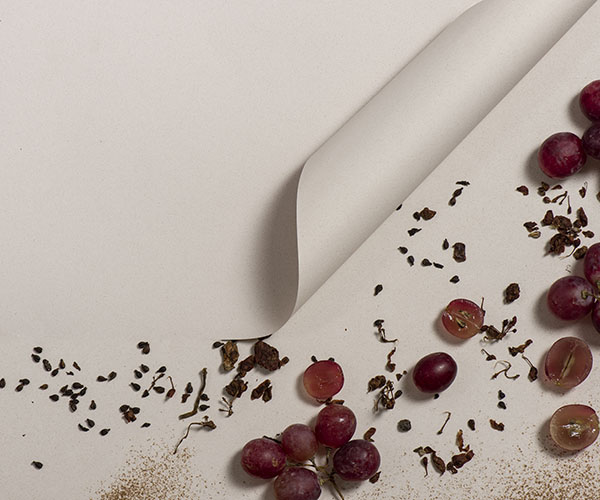
INDUSTRIAL SYMBIOSIS
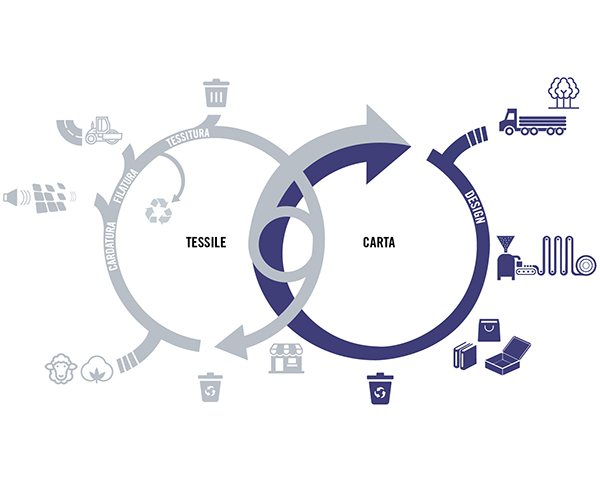
Industrial symbiosis is the process in which traditionally separate industries integrate their processes to promote competitive advantages through an exchange of matter, energy, water and, in the case of Favini and its ecological papers, of by-products.
The interactions generated by the industrial symbiosis established by Favini between the paper sector and the agro-industrial, leather and textile sectors, have allowed the creation of the ecological papers Crush, Remake and Refit.
Circular economy and upcycling through the storytelling of Favini's ecological papers.
By applying the previously mentioned principles, we have over the years created a wide range of sustainable products, brought together in the Echosystem box. Papers marked with the Echosystem logo will have the guarantee of being environmentally friendly.
But what do we mean by environmentally friendly?
Papers with the Echosystem logo will have the following characteristics:
- They are made with eco-innovative raw materials: Recycled paper, upcycled materials such as textile or agro-industrial waste or alternative fibres such as bamboo.
- They are carbon neutral.
- Renewable energy is used.
- The papers are FSC ™ certified, are recyclable and biodegradable.
In our range there are already 6 brands of papers that respect the Echosystem principles. The historic Alga Carta, which contains seaweed; Crush with agro-industrial waste; Remake with residues of leather processing; Refit made with by-products from the textile industry; Shiro Echo 100% recycled and Tree Free paper that contains 75% bamboo and 25% cotton linters.
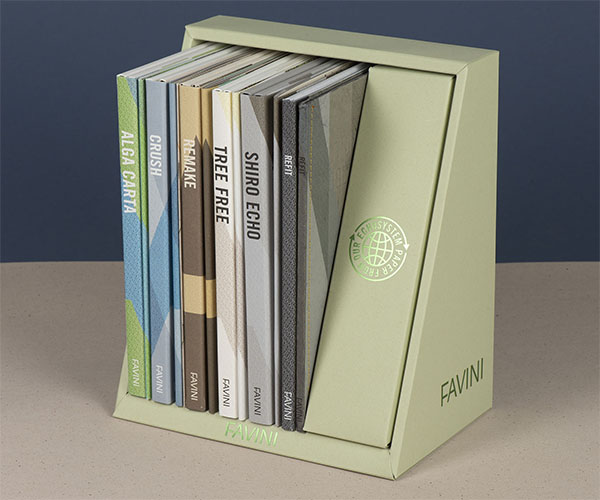
Alga Carta: From a problem, an opportunity
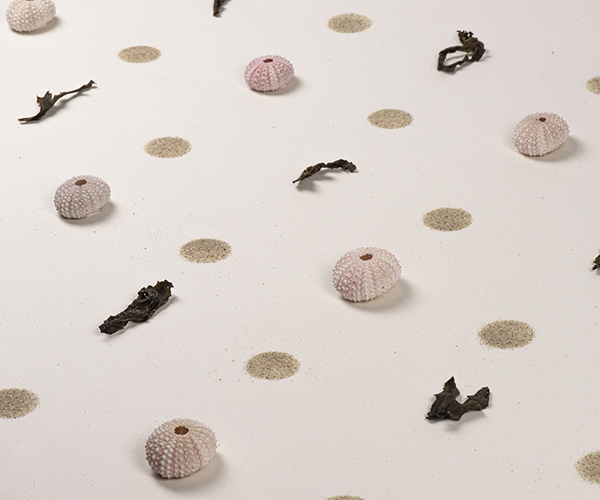
In the 90’s, a particular problem was being faced in the Venice Lagoon: an infestation of anomalous seaweed. By proliferating abnormally, the algae were damaging the delicate lagoon ecosystem, leading to its eutrophication. Thus Alga Carta was created, the paper that creatively reuses seaweed according to our upcycling process. Alga Carta is the precursor to a range of sustainable papers, which characterise Favini’s production, made with waste materials from other production chains according to a model of industrial symbiosis.
Crush Story: Favini's Crush ecological paper is created from agro-food by-products
Crush is the sustainable paper based on the principles of industrial symbiosis: its ingredients include 15% agro-industrial residues originating from other supply chains and with 40% of post-consumer cellulose.
The Crush Story series on our blog told in 12 episodes the life cycle of the agro-food by-products that are used in a circular economy perspective to produce Favini’s Crush ecological paper.
Starting with oranges, we revealed the story of Crush’s twelve ingredients – citrus, coffee, lavender, cherry, corn, grapes, cocoa, coconut, almonds and hazelnuts, kiwis, olives to the production of Favini’s Crush paper.
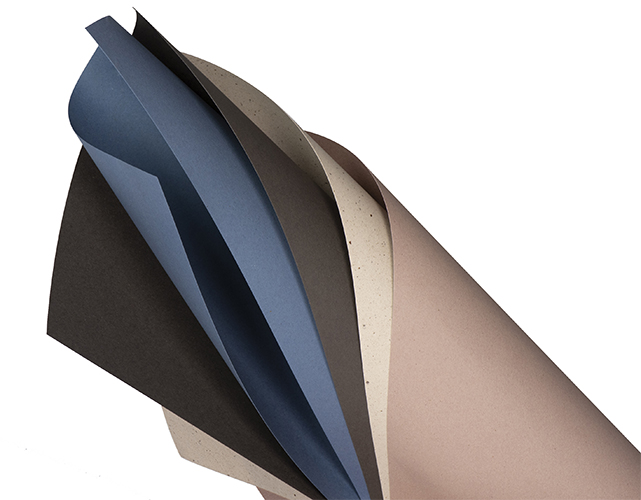
Remake Story: Thanks to the upcycling of leather by-products, Remake paper is born
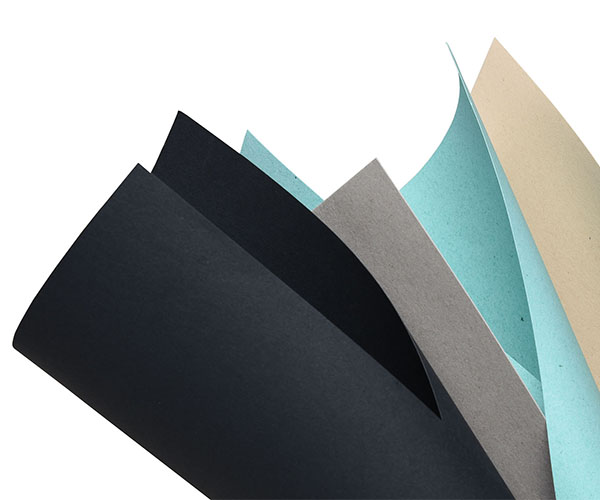
From the by-products of another industrial chain, that of leather goods, a new innovative and eco-sustainable product was created: Favini’s Remake paper. It is made with 25% leather waste and 40% post-consumer cellulose.
Starting from the processing of leather to produce bags and clothing accessories, we have followed the processing phases of leather and its by-products – scraps and shaving – up to its production into the ecological Remake paper.
Refit Story: When textiles meet paper, Refit Wool and Refit Cotton are born
The latest product designed and developed by Favini according to the logic of creative reuse is our Refit ecological paper.
Coming from the industrial symbiosis between the paper and textile industries, Refit is produced with 15% wool and cotton textile residues and 40% post-consumer cellulose. The by-products of carding and spinning of wool give life to Refit Wool paper, whilst the residue coming from the weaving and spinning of cotton is transformed into Refit Cotton paper.
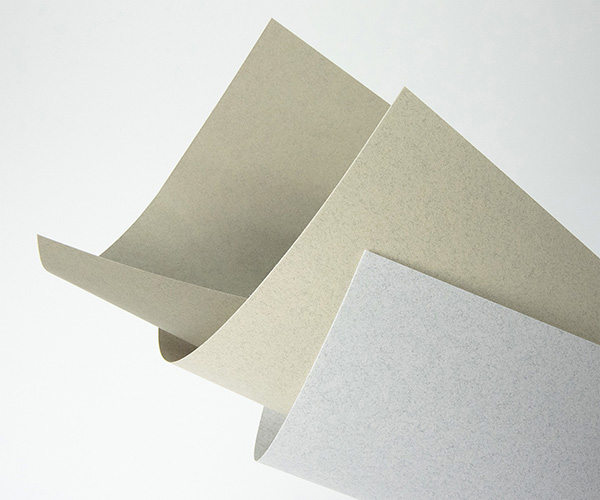
Shiro Echo and Tree Free: Alternative and recycled fibres
The final two papers that form part of our ecological collection are Shiro Echo and Tree Free.
Shiro Echo is our high quality 100% recycled paper, which is based on the well-established principle of recycling.
Tree Free instead uses alternative fibres other than from trees, in particular comprising 75% bamboo, a fast-growing annual plant, and 25% of cotton linters, a pre-consumer waste from the textile industry.
Finally, what does Favini’s commitment to the environment consist of?


